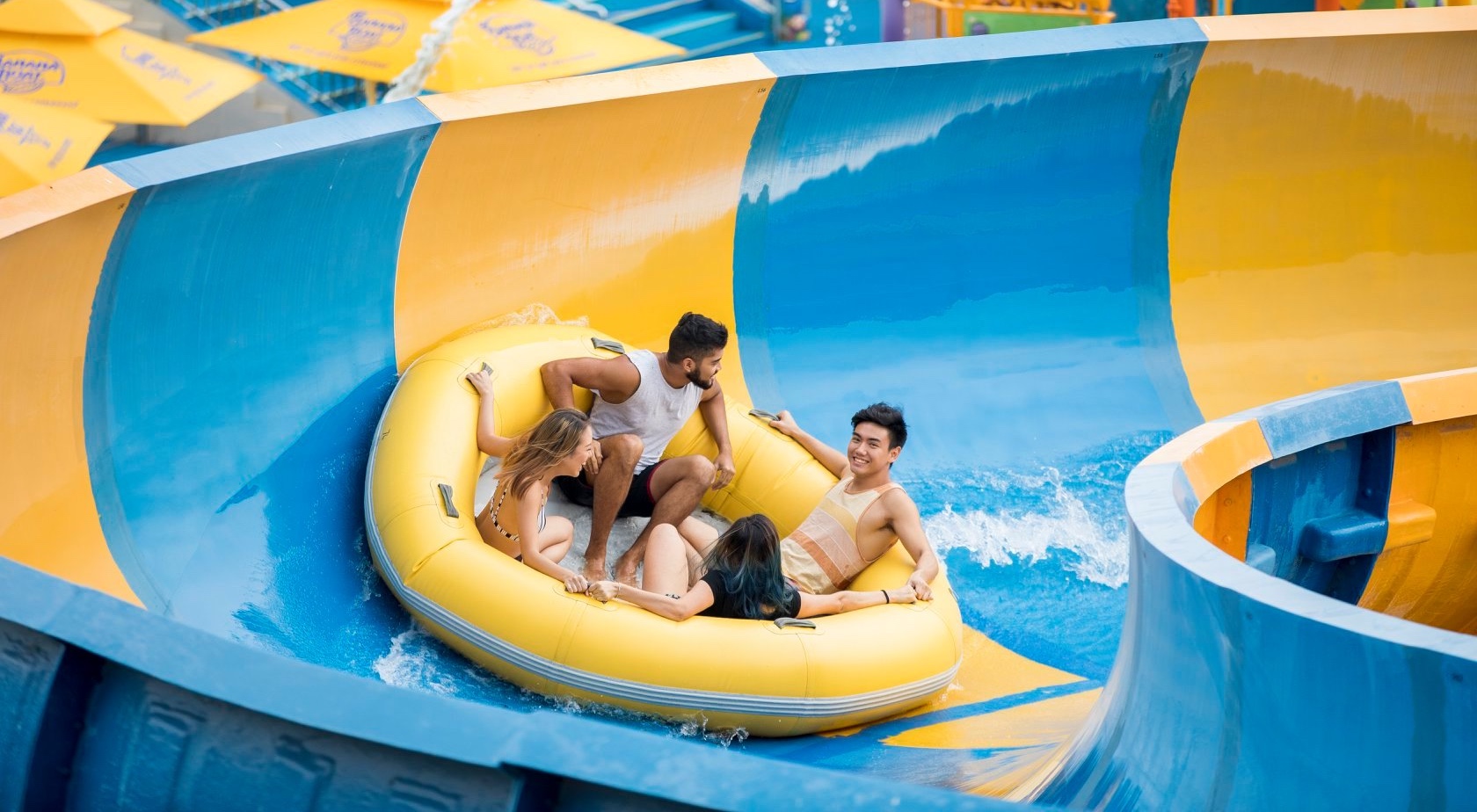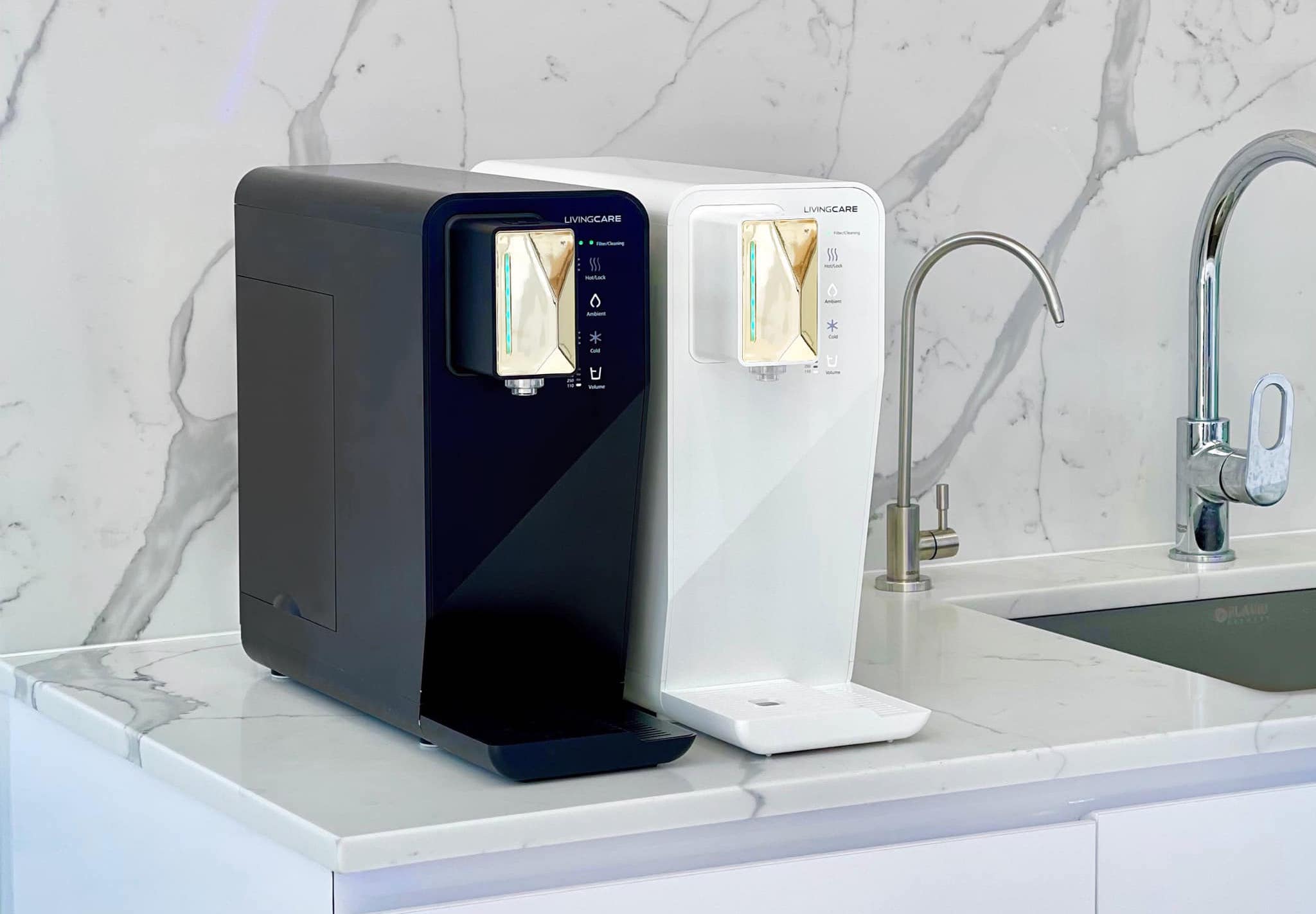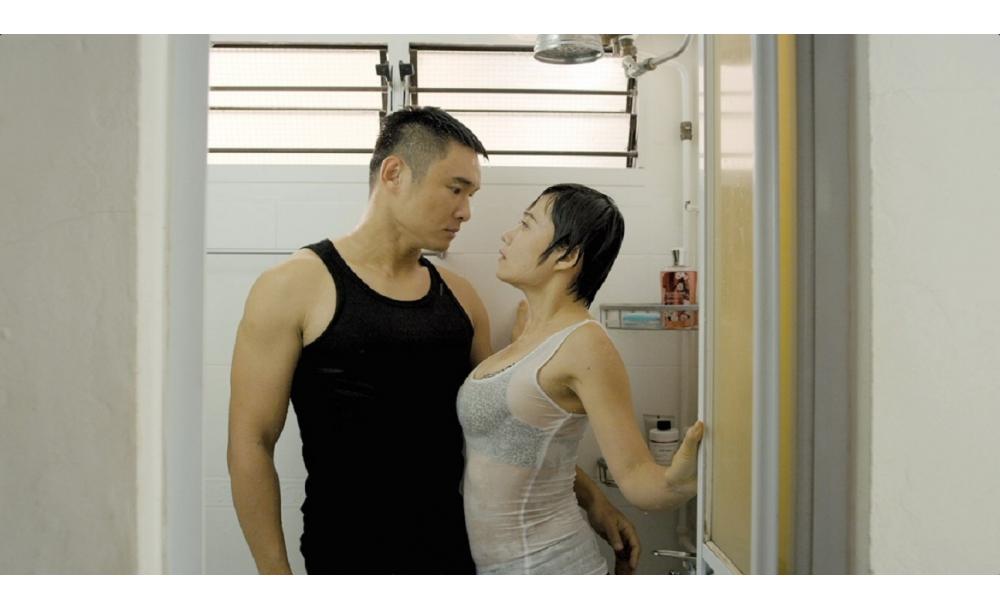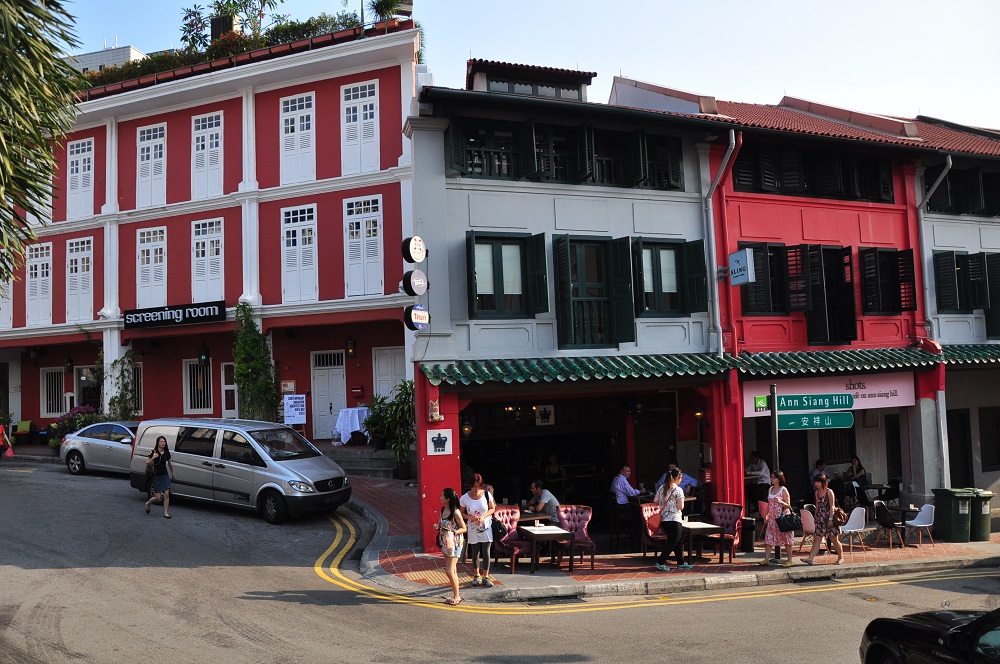The work of self-taught photographer Justin Ng have appeared on news sources like BBC, CNN, Yahoo! and National Geographic. Besides photographing the local night sky, he also gives talks about astrophotography around Asia. Here, he speaks about his inspiration, his techniques, and tips on taking a nighttime shot.
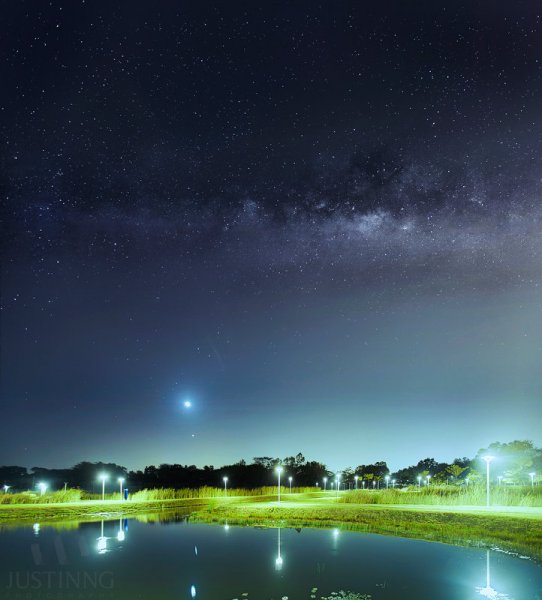 Moon Venus Conjunction
Moon Venus Conjunction
What got you into photography, and how did you branch out into astrophotography?
Being a photographer allows me to freeze and turn beautiful moments into everlasting memories. I started astrophotography after I visited Mount Bromo, an active volcano in East Java, Indonesia for the first time; I was so fascinated by the night sky there that I began my journey into astrophotography after I filmed my first time-lapse movie of Mount Bromo.
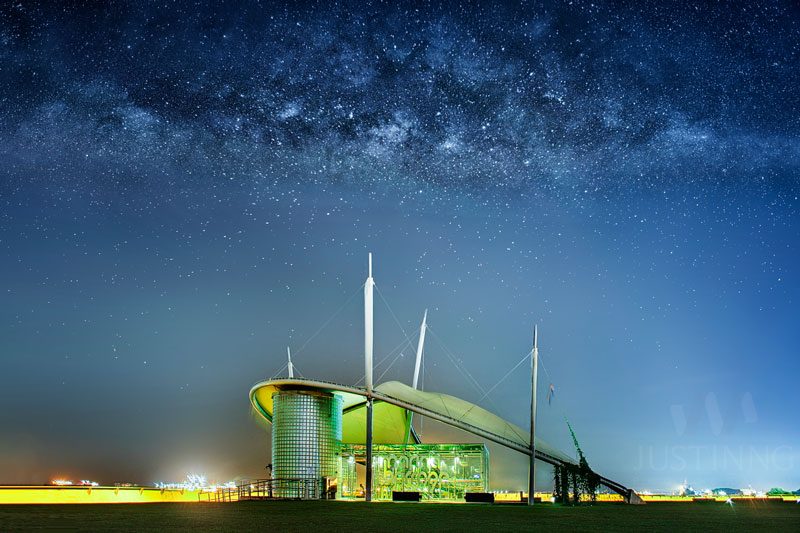 Rising Milky Way over Marina Barrage
Rising Milky Way over Marina Barrage
What is the most difficult thing about shooting the night sky in Singapore?
The extreme light pollution here is the biggest challenge an astrophotographer must overcome if they wish to pursue their craft in Singapore. Artificial lighting like street lights can reduce the number of stars we can see with our naked eye. In CBD area for example, we can only see less than 20 stars on a clear night and to bring out the stars in an image, we need to do a lot of post processing work, depending on how serious the light pollution is. Finding a good foreground that goes well with the Milky Way is also challenging since most locations with an interesting foreground are well-lit at night, and good foregrounds may not be located along the South-East to South-West direction, where the Galactic Center of the Milky Way is located.
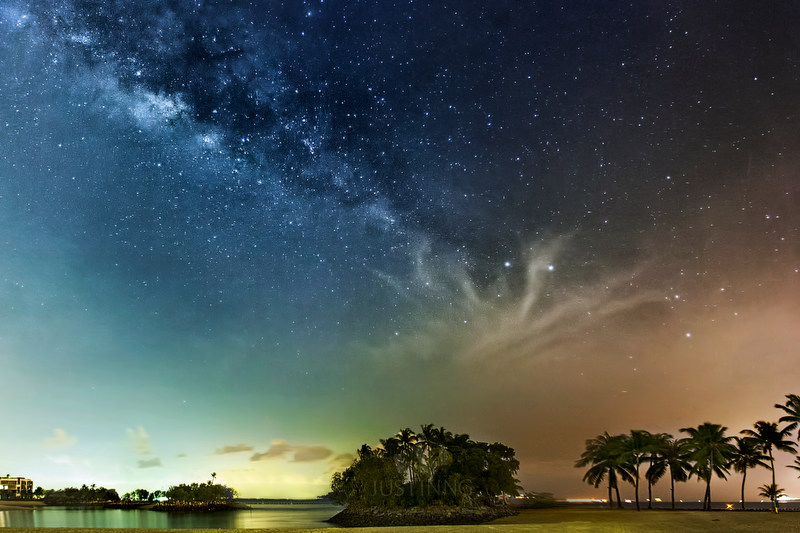 Rising Milky Way at Sentosa
Rising Milky Way at Sentosa
Were there any fun, strange or creepy incidents when shooting?
Shooting the stars here is safe since most of Singapore is quite bright. I remember an incident where I was photographing the Milky Way from the Esplanade area. People were curious and they asked me what I was shooting at and I guess the fun part was watching their reactions when I told them I was photographing the Milky Way rising above the Marina Bay Sands building. They couldn’t figure out where the Milky Way was because the Milky Way was not visible to the naked eye and they couldn’t see anything out of my camera as the location was too bright. I had to tell them it required some post-processing work. Then they asked if the image was going to be “real” since I needed to post-process it and I said I was merely bringing out what’s recorded by the camera using Photoshop.
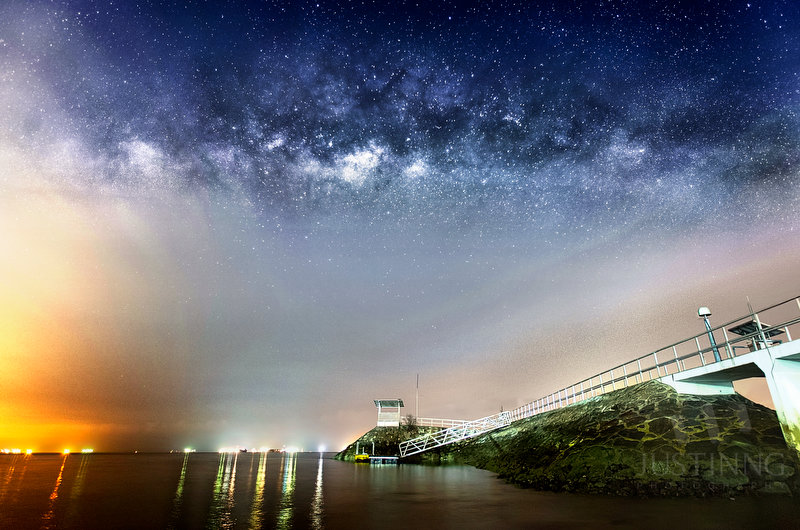 ECP Milky Way
ECP Milky Way
What do you look out for when scouting locations, and which are the best locations to shoot the night sky?
I look for interesting foregrounds facing the right direction of the night sky where rare celestial events will be taking place. The best location will be the darkest possible location so we don’t have to do much post-processing and we will be able to see more details and contrasts. In Singapore, the best place for beginners to photograph the night sky will be Sentosa or East Coast Park. I used to go near the Changi area but there are a lot of construction works going on now. In fact, the location where I first took my Milky Way shot in Singapore has become inaccessible. The Punggol and Marina Barrage areas are suitable for astrophotographers who possess advanced post-processing skills.
Which of these images is your favorite?

My favorite image is the one above, because I can see the Milky Way’s Galactic Center and the stars from horizon to horizon with my naked eye. I was looking for possible dark sites in Singapore and I shortlisted this location, along with others, after having done some research. Then I visited this location for the first time during a moonless night and I nearly got lost after a few minutes into my journey because there’s no clear path and I couldn’t even see my own hands. So I left the location and re-visited it again for at least 5 times during the day to familiarize myself with the surroundings before I made another attempt at night knowing that the sky will be clear for at least 6 hours using my web app. My adventure was rewarded with a magnificent sight of the Milky Way with my naked eye.
What kind of special equipment do you use for these shots?
No special equipment was used to take those shots. I used a Canon 5D2 and a 16-35mm lens.
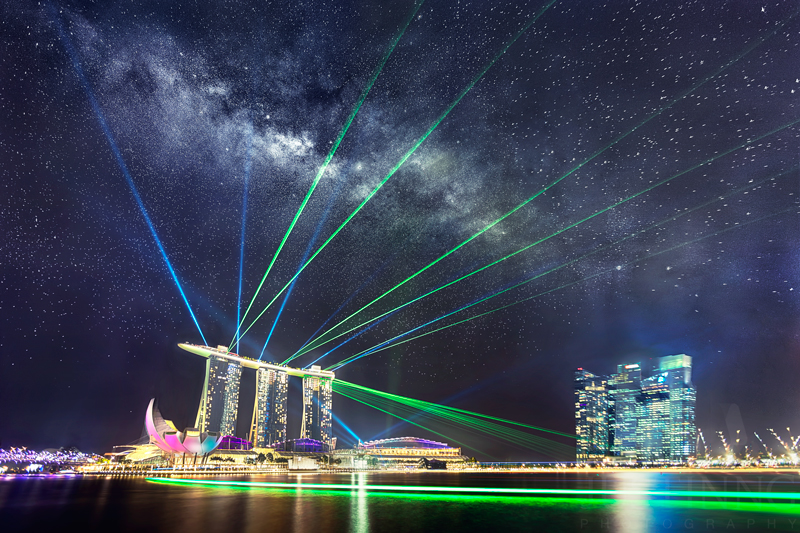 Rising Milky Way above Marina Bay Sands Hotel
Rising Milky Way above Marina Bay Sands Hotel
Did you also go looking for constellations when you took those shots? What is the process like when taking a shot?
Most of the time I’m looking for Sagittarius constellation because that’s the direction where I can capture the Galactic Center of the Milky Way. The process is to check when the celestial event is taking place. Then, we search for the right location that’s going to bring out the essence of this event before we set up and align our camera to document it.
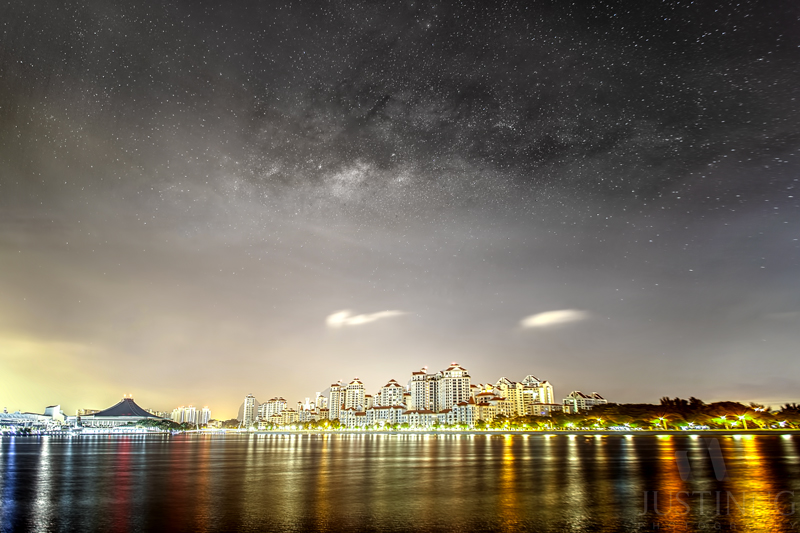 Milky Way above Indoor Stadium
Milky Way above Indoor Stadium
Do you do anything special to bring out the constellations during post processing?
If you’re in a very dark location, you don’t need to do much because the constellations will be visible right out of the camera. If you’re taking images in a bright location like Singapore, then you need to bring out the details during post processing.
You can find out more about Justin Ng’s work on his website.


